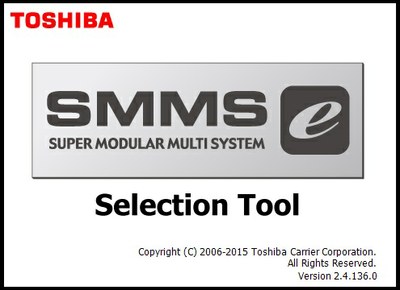This edition of NFPA 11, Standard for Low-, Medium-, and High-Expansion Foam, was prepared
by the Technical Committee on Foam. It was issued by the Standards Council on October 27,
2009, with an effective date of December 5, 2009, and supersedes all previous editions.
This edition of NFPA 11 was approved as an American National Standard on December 5,
2009.
Origin and Development of NFPA 11
NFPA committee activity in this field dates from 1921, when the Committee on Manufac-
turing Risks and Special Hazards prepared standards on foam as a section of the general
Standard on Protection of Fire Hazards, Incident to the Use of Volatiles in Manufacturing Processes.
Subsequently the standards were successively under the jurisdiction of the Committee on
Manufacturing Hazards and the Committee on Special Extinguishing Systems, prior to the
present committee organization. The present text supersedes the prior editions adopted in
1922, 1926, 1931, 1936, 1942, 1950, 1954, 1959, 1960, 1963, 1969, 1970, 1972, 1973, 1974,
1975, 1976, and 1978. It also supersedes the 1977 edition of NFPA 11B.
The 1983 edition was completely rewritten to include all the material formerly contained
in NFPA 11B, Standard on Synthetic and Combined Agent Systems. The standard was revised in 1988
and again in 1994 to more clearly state the requirements and to separate mandatory require-
ments from advisory text.
The standard was revised for the 1998 edition to include requirements for foam systems
for marine applications and to provide guidance relating to the environmental impact of
foam system discharges.
The 2002 edition was revised to address mixing of foam concentrates and to clarify re-
quirements related to foam concentrate pumps. Requirements for medium- and high-
expansion foam systems were included.
The 2005 edition was reorganized to provide the requirements for low-, medium-, and
high-expansion foam, to better incorporate the requirements of NFPA 11A.
The 2010 edition adds a new chapter to address compressed air foam systems. Unenforce-
able terms were removed to comply with the Manual of Style for NFPA Technical Committee
Documents.
Click Here To: Download








